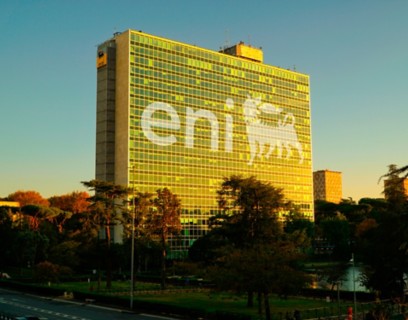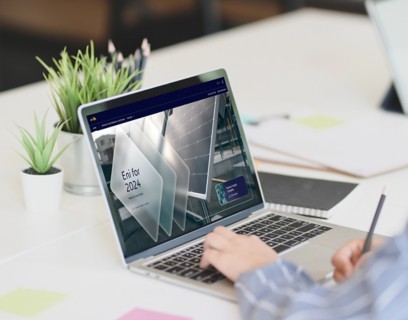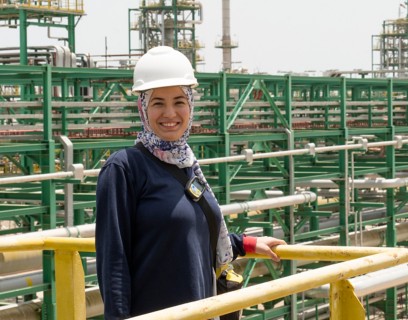
Or , our new artificial intelligence tool.
MyEni Login
Internal Audit
Purpose
The Internal Audit function (or Internal Audit) strengthens the organisation's ability to create, protect and sustain value by providing independent, risk-based and objective assurance and advisory activities to Governance Bodies and Organisms and to Business Functions and forms an integral part of the Eni Risk and Internal Control Holistic framework.
Through a systematic professional approach, the Internal Audit function contributes to the continuous improvement and enhancement of: i) the ability to achieve company’s objectives; ii) the effectiveness and efficiency of processes; iii) governance, risk management and control activities; iv) management decision-making process and supervision activities; v) the company's reputation and credibility towards its stakeholders; vi) the increasing awareness of internal control issues over time.
With this objective, Internal Audit participates in Eni's commitment to the sustainable development of the realities in which the Group operates, ensuring its contribution to support the strengthening of the Eni Risk and Internal Control Holistic framework.
Tasks
The Internal Audit function is therefore responsible for:
- verifying, through the available investigative tools, that the Eni Risk and Internal Control Holistic framework is operational, suitable and consistent with the guidelines defined by the Eni SpA BoD, both in relation to specific needs (Audit Spot), and on an ongoing basis through a plan of audit activities approved by the BoD, based on a structured analysis and ranking process of the main risks and providing assessments and recommendations in order to promote its efficiency and effectiveness;
- providing specialistic support to the top management and other managers of the company in relation to Eni Risk and Internal Control Holistic framework in order to improve the efficiency of controls, their effectiveness and their integration into corporate processes.
- exploit the possible operational synergies in the context of the control/monitoring activities of the different actors of the Framework (so-called combined assurance), through the promotion of common and coordinated actions, with equal effectiveness of the checks;
- adopting, where possible, end-to-end process verification (along Eni's value chain) and/or cross entity, in order to identify possible discontinuities, areas of interference and inefficiencies and contribute to the strengthening of cross-functional/cross-business connections, while at the same time strengthening the architecture of the Framework also through an open, collaborative and dialectical approach with all business areas.
It goes without saying that line management (1st level of control), with the support of the 2nd level control functions, ensures the correct design and effective functioning over time of the Internal Control and Risk Management System within its competence, as well as the correct risk management and the related defined treatment plans.

















